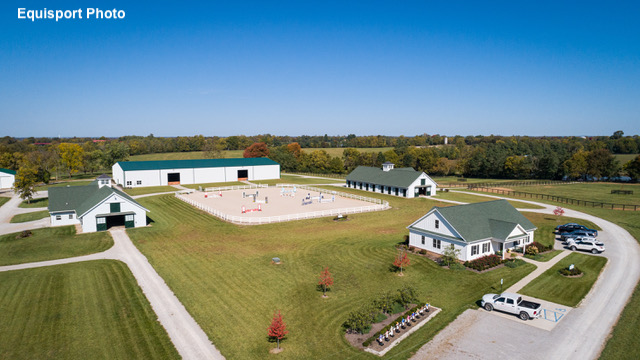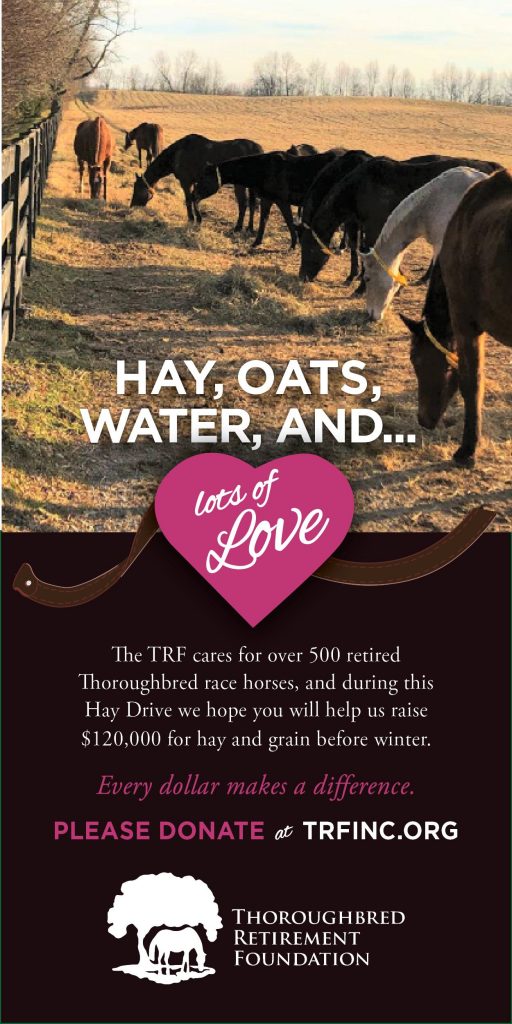
New Vocations Kentucky facility. (Equisport Photo)
Program sees 15% increase over prior year
New Vocations Release
LEXINGTON, Ky. – New Vocations Racehorse Adoption Program announced today that last year they saw over a 15% increase in retired racehorses that went through the program compared to the prior year. The program’s mission is to rehab, retrain and rehome retired Thoroughbreds and Standardbreds. In 2023, there were 478 horses that went through the program and 143 horses that remained in the program at the end of the year.
“I’m very proud of the New Vocations team as they have done a phenomenal job providing much needed aftercare services to a huge number of horses with diverse backgrounds that come from various tracks around the country,” shared Anna “We serve horses that are coming out of the $5000 claiming races to horses racing at the highest stakes levels and everything in between. We are very thankful for the continued support from the racing industry including owners, trainers, breeders and fans, which provide us the necessary resources to fulfill our mission and reach as many horses as we can.”
New Vocations continues to lead the nation not only in racehorse adoptions, but also in the all-breed adoption sector. With facilities in Kentucky, Ohio, Pennsylvania, New York, Florida and Louisiana, the program received horses from 70 different racetracks and then were adopted out to homes in 36 different states.
Over the years the program has seen a drastic increase in horses needing rehabilitation prior to being placed up for adoption. It now sees 70% of the horses that come into the program need some type of rehabilitation and down time, which they are ready and able to provide. In 2024, New Vocations will be announcing plans that will allow the program to further expand to keep up with the continued increase of horses needing their services.
New Vocations continues to see a good market for retired racehorses in the equestrian industry as the program received over 1,100 applications from individuals wanting to adopt. The biggest challenge still remains that a majority of the horses served retire due to an injury, and while fully rehabbed, people are still hesitant to adopt them. Despite these challenges the program had a successful year and is gearing up for 2024.



